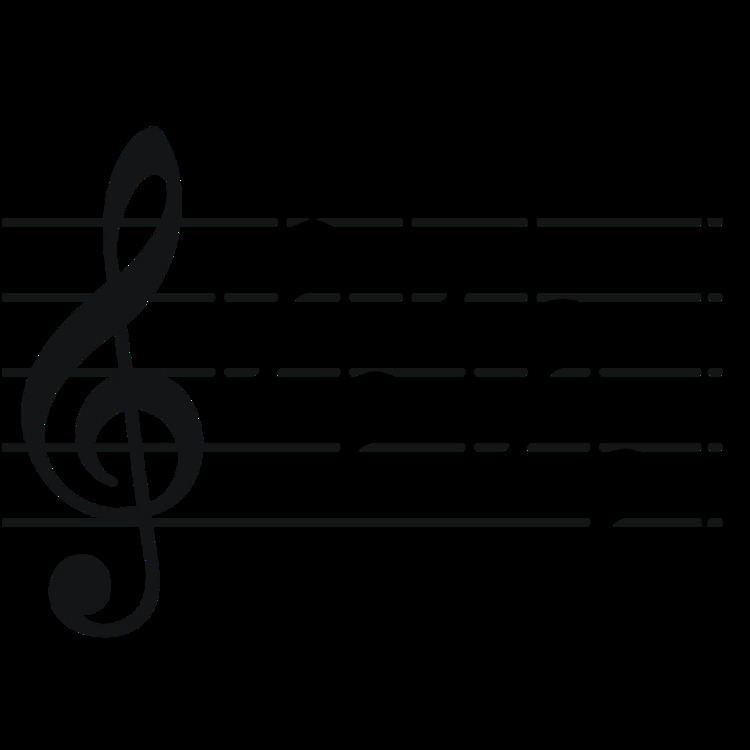Parallel key A♭ major Enharmonic G♯ minor | Dominant key E♭ minor | |
 | ||
Relative key C♭ majorenharmonic: B major Subdominant D♭ minorenharmonic: C♯ minor | ||
A-flat minor is a minor scale based on A-flat, consisting of the pitches A♭, B♭, C♭, D♭, E♭, F♭, and G♭. For the harmonic minor, the G♭ is raised to G♮. Its key signature has seven flats (see below: Scales and keys).
Its relative major is C♭ major (or, enharmonically, B major), and its parallel major is A♭ major. Its direct enharmonic equivalent is G♯ minor.
Changes needed for the melodic and harmonic versions of the scale are written in with accidentals as necessary.
Although A-flat minor occurs in modulation in works in other keys, it is only rarely used as the principal key of a piece of music. Some well-known uses of the key in classical and romantic piano music include:
It is also used in Frederick Loewe's score to the 1956 musical play My Fair Lady; the Second Servants' Chorus is set in A-flat minor (the preceding and following choruses being a semitone lower and higher respectively).
More often, pieces in a minor mode that have A-flat's pitch as tonic are notated in the enharmonic key, G-sharp minor, because of G-sharp's appreciably simpler key signature and it has just five sharps as opposed to the seven flats of A-flat minor. As a result, only works expressly notated as such may reasonably be considered to be in A-flat minor.
In some scores, the A♭ minor key signature in the bass clef is written with the flat for the F on the second line from the top.
